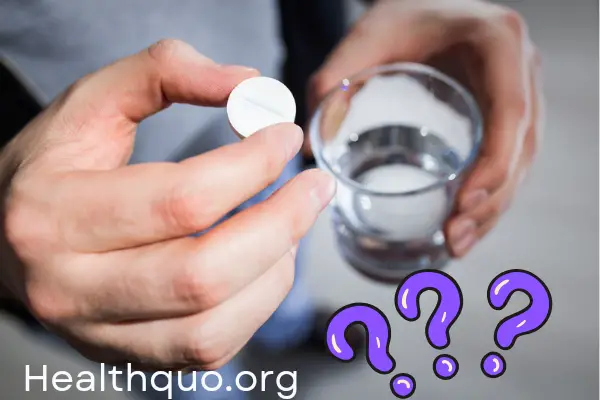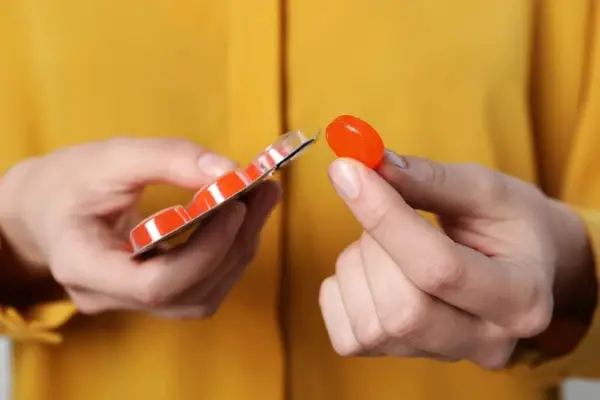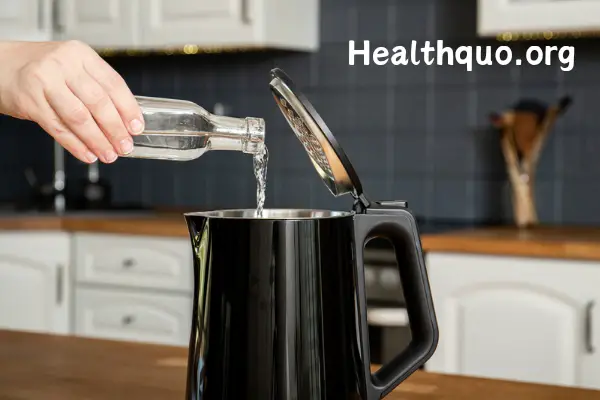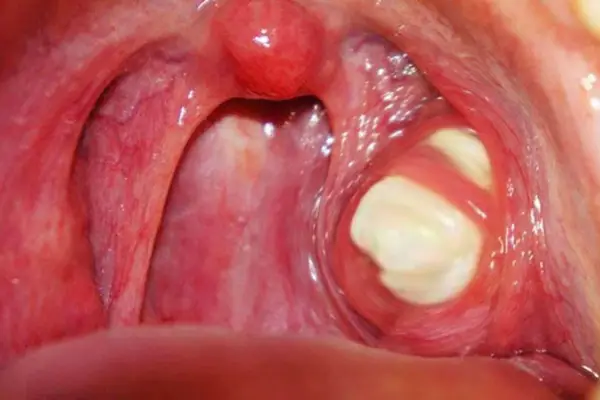Artificial sweeteners and other taste-masking agents are often used in the formulation of chewables to improve palatability. Despite these efforts, some consumers may still find the taste unpleasant and consider swallowing the tablets whole as a more appealing alternative. However, both healthcare professionals and the medication’s manufacturer typically advise against this practice for specific reasons.
Upon swallowing, the disintegration of the chewable is delayed or incomplete leading to a slower and diminished effect. The efficacy of the tablet may also be reduced as the acidity of the stomach disrupts the stability of the drug components as it takes longer to disintegrate, and take effect. The larger size of these pills may make swallowing difficult and even painful.
It is important to chew tablets of drugs such as mebendazole or propranolol with a heavy first-pass effect as this can improve absorption before it reaches the stomach. Make sure to follow your doctor’s or pharmacist’s administration instructions at all times. You can also read the label of the drug the get more insights. Let’s delve into the concerns that could result from swallowing chewables.
How Do Chewable Tablets Work?
Chewable tablets are made with active ingredients mixed into a base that typically includes flavorings, sweeteners, and other excipients that make the tablet palatable and easy to chew. The formulation is engineered to disintegrate and dissolve easily in saliva, facilitating the release of the active medication.
When chewed, the tablet breaks down into smaller particles, increasing the surface area exposed to saliva. This process helps to dissolve the active ingredients, which can then be absorbed more easily into the bloodstream.
Some of the medication begins absorption directly through the mucous membranes of the mouth (buccal or sublingual absorption), leading to a faster onset of action for some drugs. The remaining portion is swallowed and absorbed through the gastrointestinal tract.
Chewable tablets can be particularly convenient for individuals who have difficulty swallowing pills, such as children, elderly patients, anyone with dysphagia, or those without access to water. The quicker disintegration and potential for early absorption in the mouth can also speed up the medication’s onset of action compared to traditional tablets that need to dissolve in the stomach.
What Happens When You Swallow Chewable Tablets?
Swallowing chewable tablets whole can increase the time to peak drug concentration. The efficacy of the drug is also diminished due to lower bioavailability. In the case of antacid swallowing, the relief from heartburn or stomach pain is delayed and the disintegration of the tablet may be completed in the intestines which is not where the effect is intended.
Drugs with a significant first-pass effect like propranolol chewables, may have increased bioavailability when chewed because part of the drug can be absorbed directly through the mucous membranes of the mouth, bypassing the liver initially. When these tablets are swallowed intact, the drug may undergo extensive metabolism before reaching systemic circulation, leading to lower bioavailability and reduced efficacy.
Furthermore, chewables may not contain the same disintegrating agents found in standard oral tablets, which are designed to quickly break down in the stomach.
Chewable tablets are larger than standard oral tablets, which can make swallowing a nightmare. Sometimes, the tablet may get stuck in the esophagus causing irritation or a feeling of obstruction. While fecal impaction is rare in this case, it has been reported.
Besides, taking chewables without thorough mastication can increase the risk of choking, particularly in children or individuals with swallowing difficulties.
Some medications, such as didanosine (an antiretroviral medication), are formulated as chewable tablets to release specific compounds (e.g., buffers) that protect the drug from stomach acid or enhance its stability. Swallowing these tablets whole can bypass this protective mechanism.
Commonly Used Chewable Tablets
Chewable tablets are available for a variety of medications, including both over-the-counter (OTC) and prescription drugs, catering to various health needs. Here are some examples:
Multivitamins and Supplements: Many multivitamins and mineral supplements are available in chewable form, making them more palatable and easier to take for children and adults who have difficulty swallowing pills. Examples include chewable vitamins C, D, and multivitamins formulated for specific age groups or health needs.
Antacids: Chewable antacids are popular for quick relief from heartburn and indigestion. They work by neutralizing stomach acid upon contact. Well-known brands include Tums and Rolaids.
Dewormer (Antiparasitic): Chewable dewormer tablets are used to treat parasitic worm infections, such as those caused by roundworms, hookworms, and tapeworms. Medications like mebendazole or albendazole can come in chewable form for treating intestinal worm infections.
Allergy Medications: Several over-the-counter antihistamines are available in chewable form, providing convenient relief for allergy symptoms. Examples include chewable versions of loratadine (Claritin) and cetirizine (Zyrtec).
Pain Relievers and Fever Reducers: Chewable aspirin tablets are available for those who require aspirin for heart health or pain relief but struggle with swallowing pills. Acetaminophen (Tylenol) is also available in chewable form for both children and adults, offering an easier way to manage pain or fever.
Digestive Enzymes: For individuals with digestive disorders that result in enzyme deficiencies, chewable digestive enzyme supplements can aid in the digestion of meals. Pancreatic enzyme products are one example.
Antibiotics: Certain antibiotics are available in chewable form to make administration easier for children. Amoxicillin is a common example, often prescribed to treat infections like ear infections and strep throat.
Probiotics: Chewable probiotic supplements are designed to support digestive and immune health by providing beneficial bacteria in a form that’s easy to take.
Tips for Taking Chewable Tablets Tablets Correctly
Taking chewable tablets correctly can help ensure that you receive the full benefit of the medication. Here are some tips for taking chewable tablets:
Read the Label: Before taking any medication, always read the label carefully. This will provide you with important information about how and when to take the tablets, as well as any specific instructions or warnings.
Chew Thoroughly: Chewable tablets are designed to be chewed before swallowing. Make sure to chew the tablet thoroughly until it has completely dissolved in your mouth. This helps to release the active ingredients so they can be absorbed into your body more easily.
Do Not Swallow Whole: Avoid swallowing chewable tablets whole. They are meant to be chewed to ensure proper breakdown and absorption.
Drink Water Afterward: Even though chewable tablets are designed to dissolve in your mouth, it’s a good idea to drink a glass of water after taking one to help ensure that all of the medication is swallowed and to aid in digestion.
Follow Dosing Instructions: Always follow the dosing instructions provided by your healthcare provider or as indicated on the medication label. Do not take more or less than the recommended dose.
Store Properly: Store chewable tablets as directed on the package. Keeping them in a cool, dry place can help maintain their effectiveness.
Consult Your Pharmacist or Doctor: If you have any questions or concerns about taking chewable tablets, or if you experience difficulty chewing or swallowing them, consult your pharmacist or doctor. They may be able to provide you with alternatives or advice on how to take the medication more comfortably.
Check for Allergens and Incompatibilities: Some chewable tablets may contain ingredients that you are allergic to or that may interact with other medications you are taking. Always check the ingredient list and consult with a healthcare professional if you are unsure.





